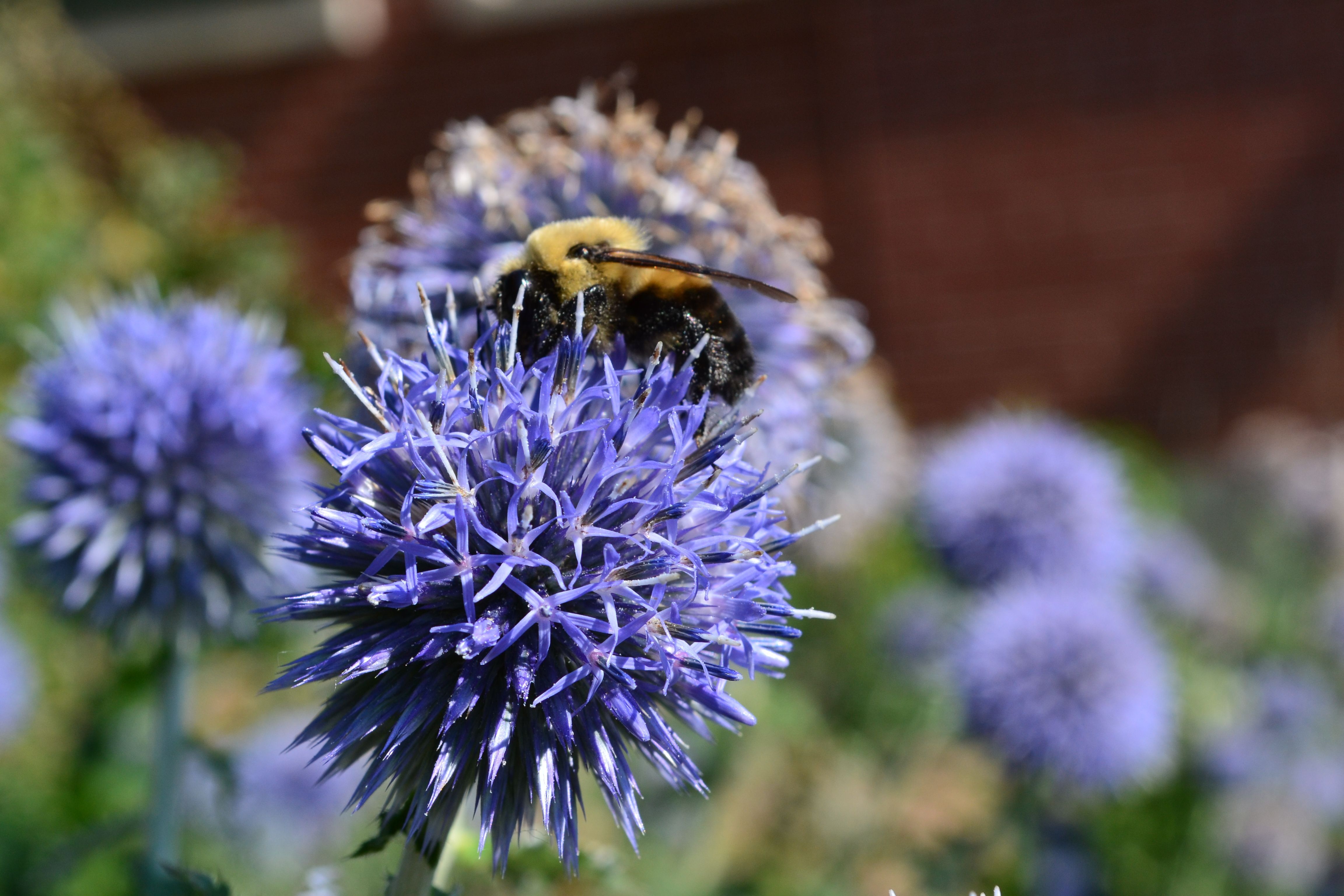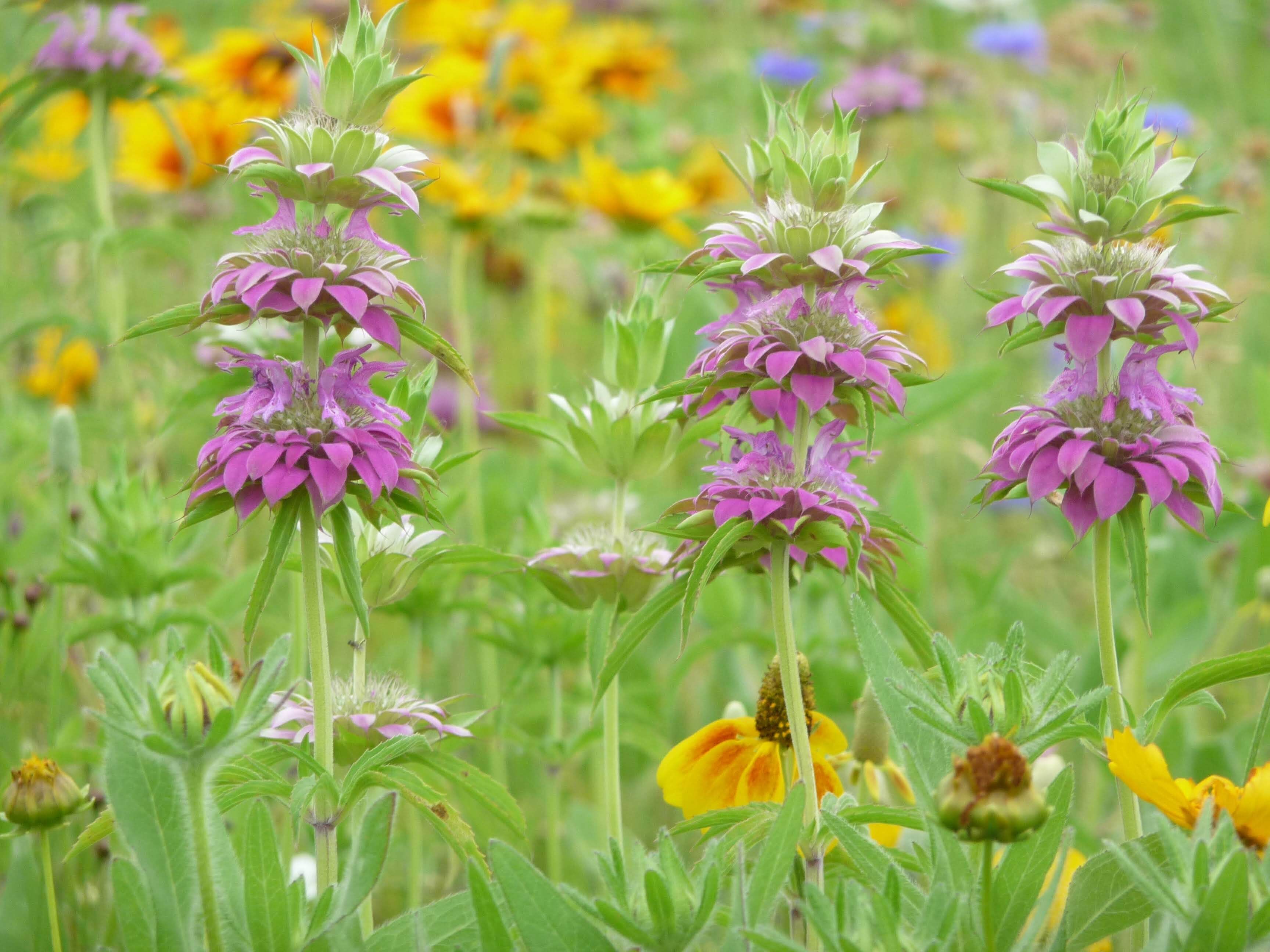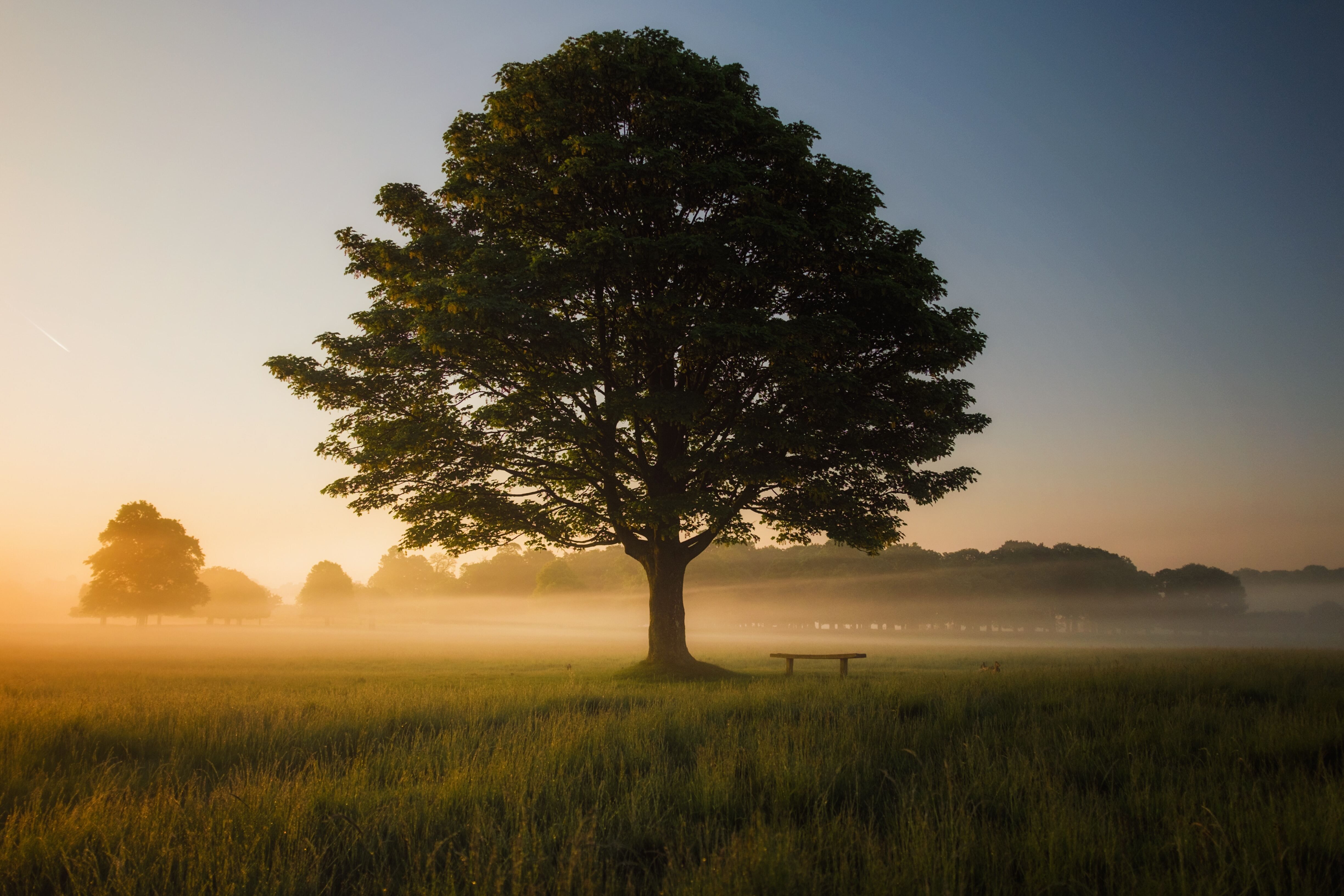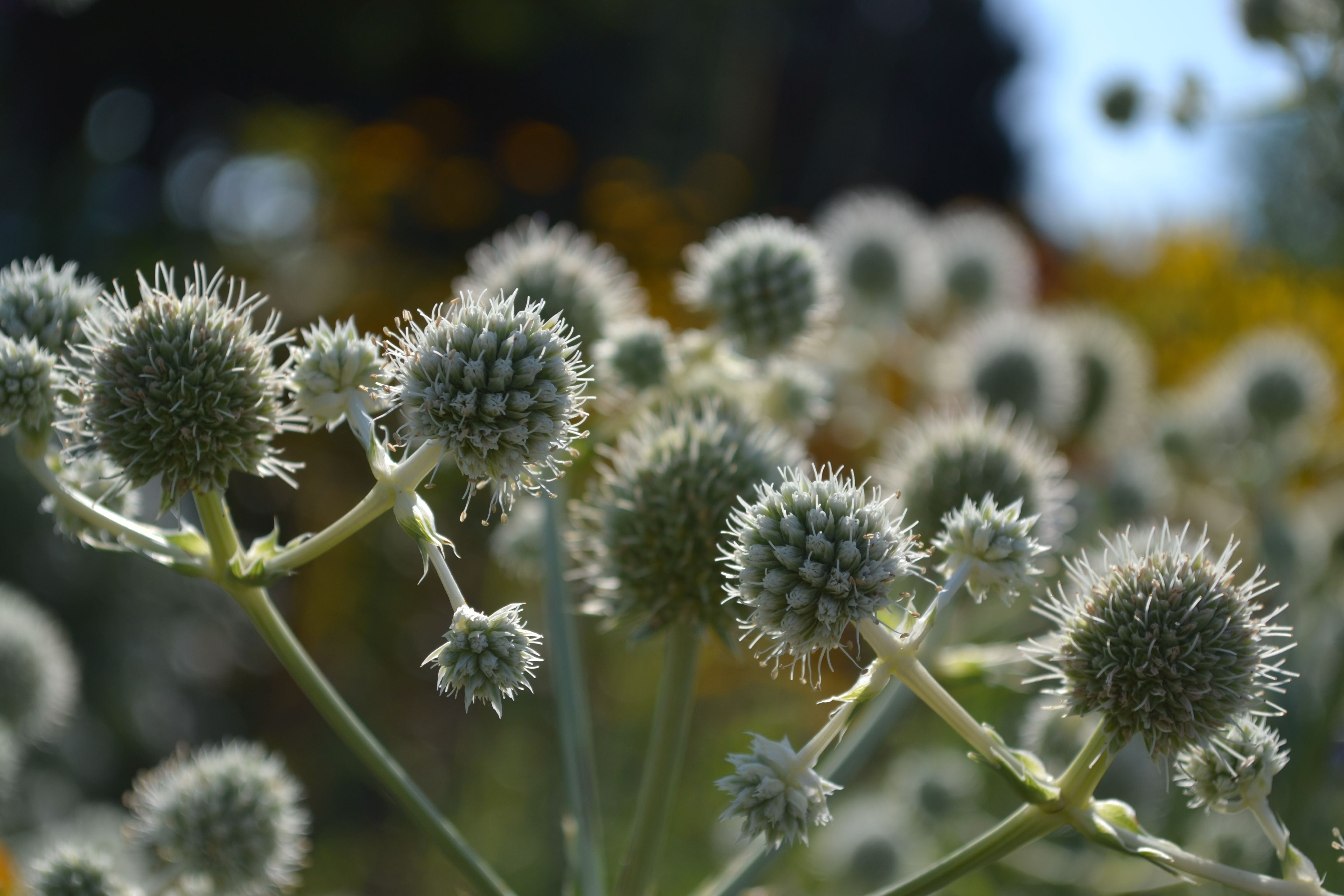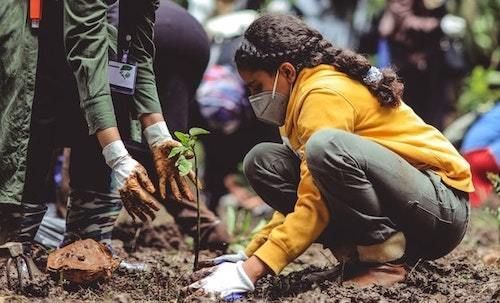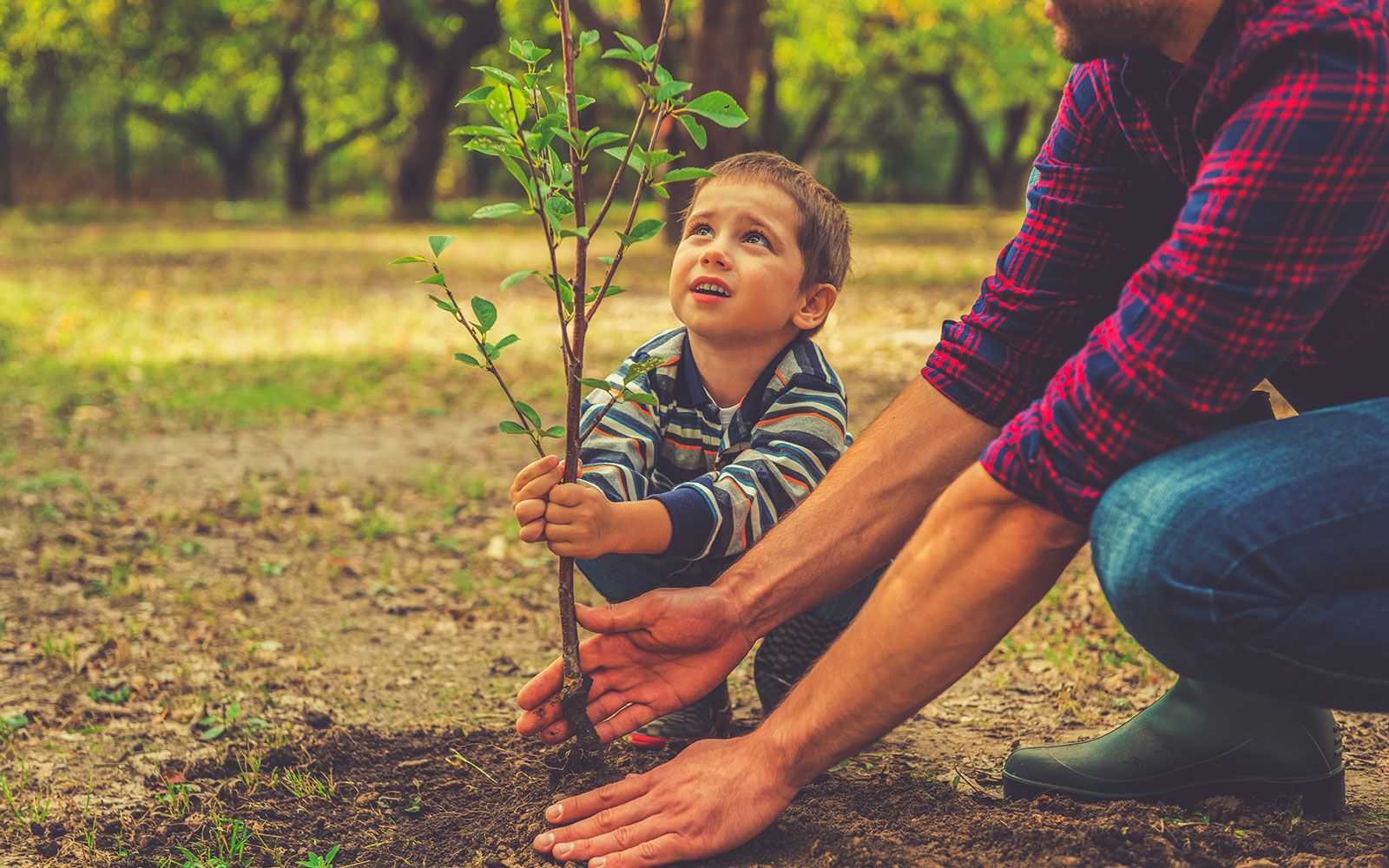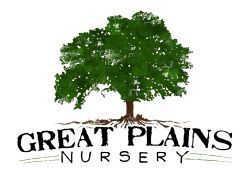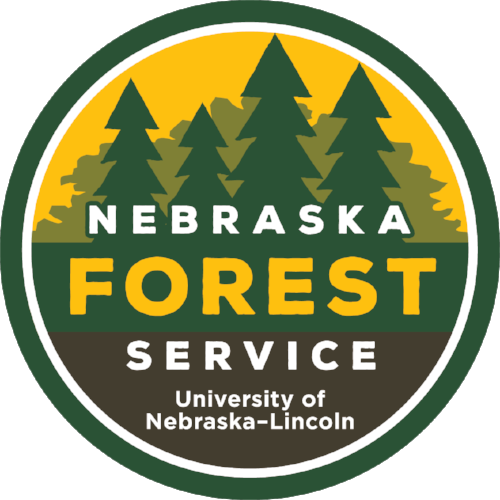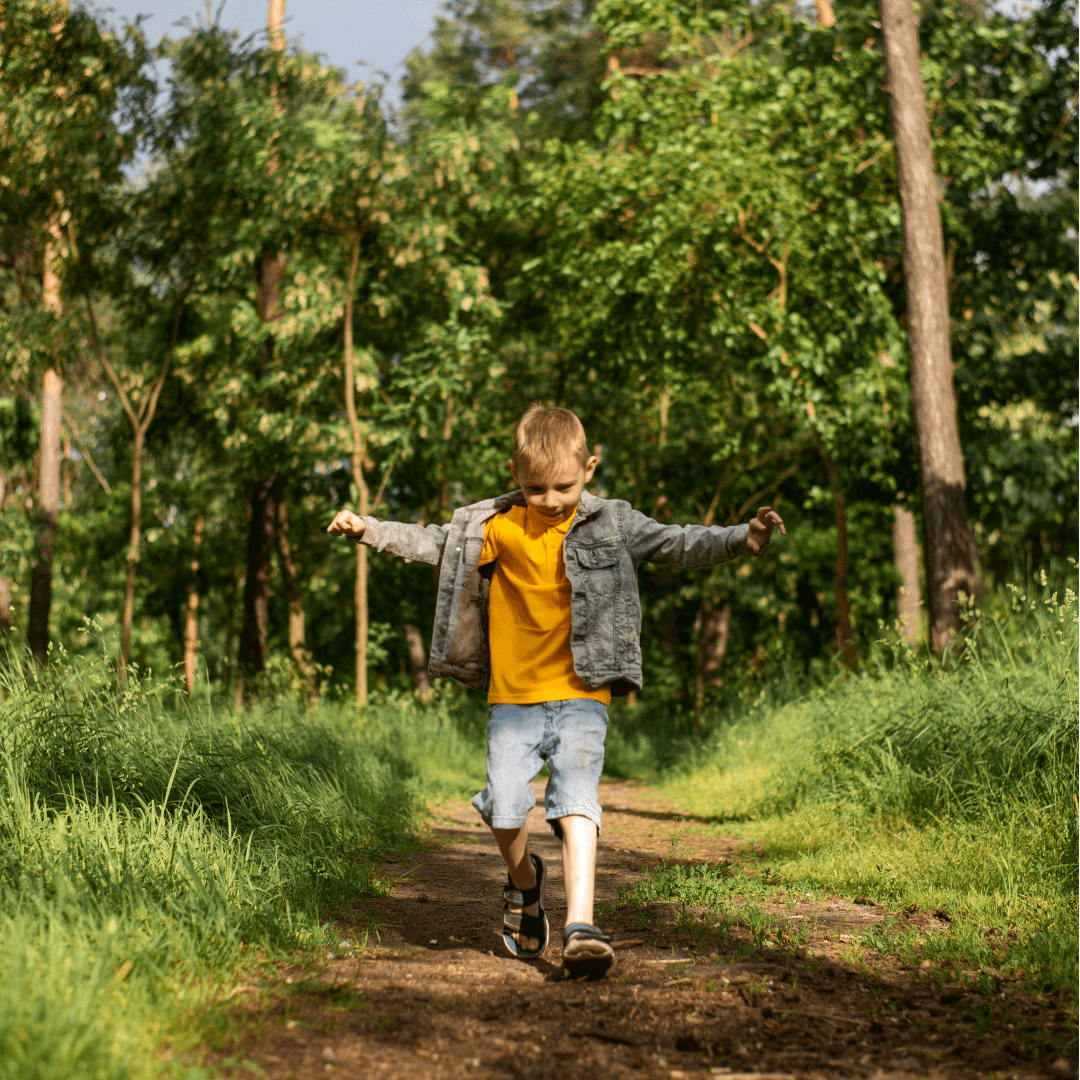
We have all heard about the ecosystem benefits of urban forests. Planting more trees, increasing canopy cover and amassing green infrastructure vastly improves the quality of urban habitat for our critter friends. But have you ever thought about what trees can do for you? Research into the Japanese practice of shinrin-yoku – which translates as “forest bathing” – offers compelling evidence that trees can impact our physical and mental health more than we might think.
Since 1982, the Japanese Ministry of Agriculture and Forestry has published groundbreaking research on the benefits of shinrin-yoku. Studies indicate that simply immersing ourselves in a forested landscape and using all five senses to experience that environment can have lasting physical and mental health benefits. Subsequent studies in the United States and internationally over the past 40 years support this claim.
You might be wondering if these benefits apply only to those who live in a heavily forested region. Many of us in Nebraska, after all, don’t have convenient access to old growth forests. In fact, roughly 85% of Americans live in urban or suburban areas, meaning most of the population does not typically spend time in forested areas. The good news, however, is that where we lack access to untouched, wild forests, many communities have implemented green infrastructure through city parks, gardens, and street trees. These additions have immensely improved urban life in America and can have a dramatic impact on our physical and mental health.
Trees – the new miracle drug?
Multiple studies indicate that being around trees can help to lower stress levels, decrease blood pressure and boost immunity. Whether you are exercising among trees or simply sitting quietly in a wooded environment, exposure to trees has been shown to reduce stress-related hormone (adrenaline and cortisol) secretion (Park et al. 2010). In addition, phytoncides – the airborne chemicals that plants use to protect themselves from pests and disease – released by trees have been shown to increase the body’s natural killer cells (Li, 2010), which work to eradicate virus-infected cells, including cancer. Researchers have discovered that minimal exposure to these chemicals (as little as three days in a forested environment) can have lasting effects on our physical health even months later (Li, 2010). While more research is needed to prove their theories correct, scientists hypothesize that phytoncides could help to prevent certain kinds of cancer.
In addition to physical benefits, being around trees can also impact our mental health, with research indicating a dramatic decrease in feelings of depression, anger, fatigue and anxiety for those participants who were tested after a period of forest bathing.
Natural help for ADHD
Research also indicates that spending time among trees can help to improve concentration in individuals with attention-deficit/hyperactivity disorder (ADHD) by prioritizing what’s called “bottom-up processing,” which is sensory-driven. This gives the brain a chance to rest from “top-down processing,” in which we process incoming information based on what we already know. While urban life is filled with stimuli that constantly vie for our attention and requires a lot of top-down processing, natural settings allow our attention-directed thought processes to replenish, which is especially important for individuals with ADHD.
One study from the University of Illinois Urbana-Champaign showed that a walk in the park improved focus in children with ADHD nearly as much as the ADHD prescription drug methylphenidate (Taylor, Kuo 2009). This study concluded that “doses of nature” might serve as safe, widely accessible tools for managing ADHD symptoms in children and young adults.
From helping kids with ADHD focus better to producing cancer-killing cells and lowering blood pressure, it’s clear that trees contribute much more to society and to our quality of life than we have previously understood. Trees have an important place in our urban settings, and they will continue to be a critical part of our present and future conservation efforts.



